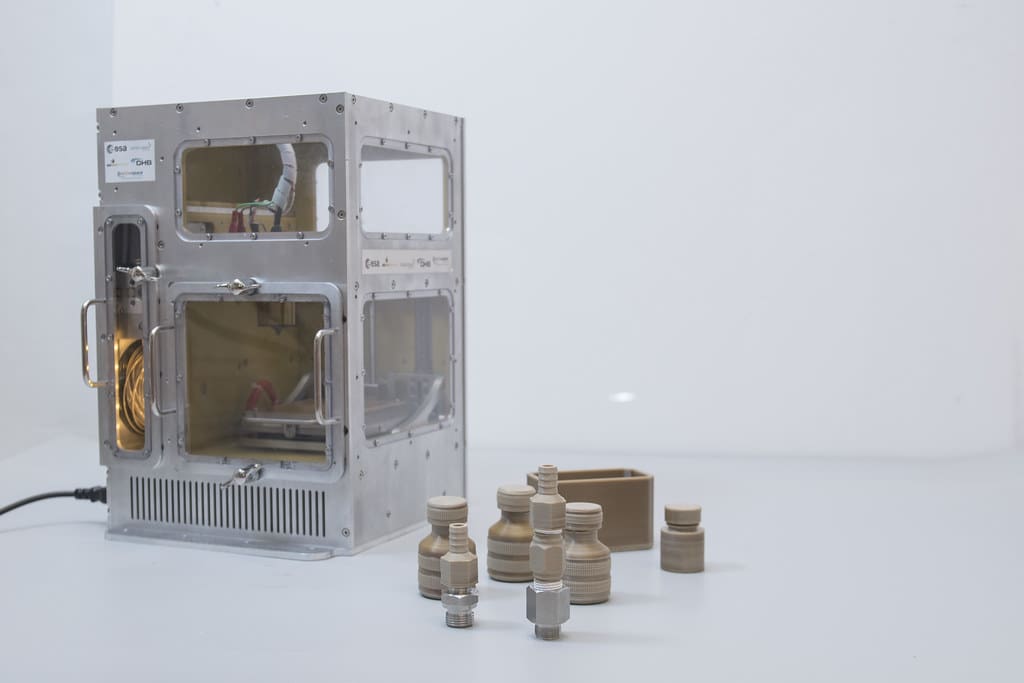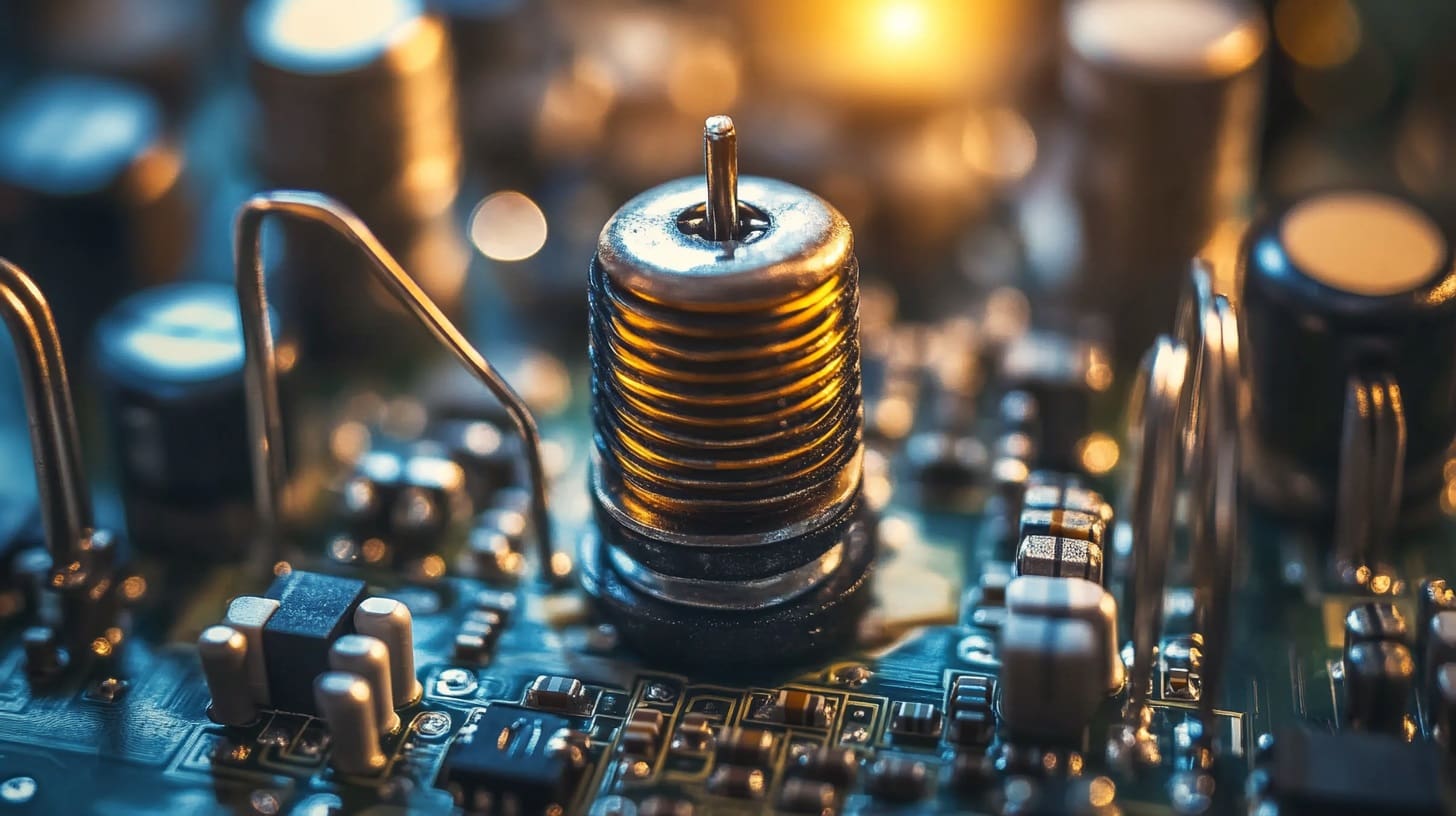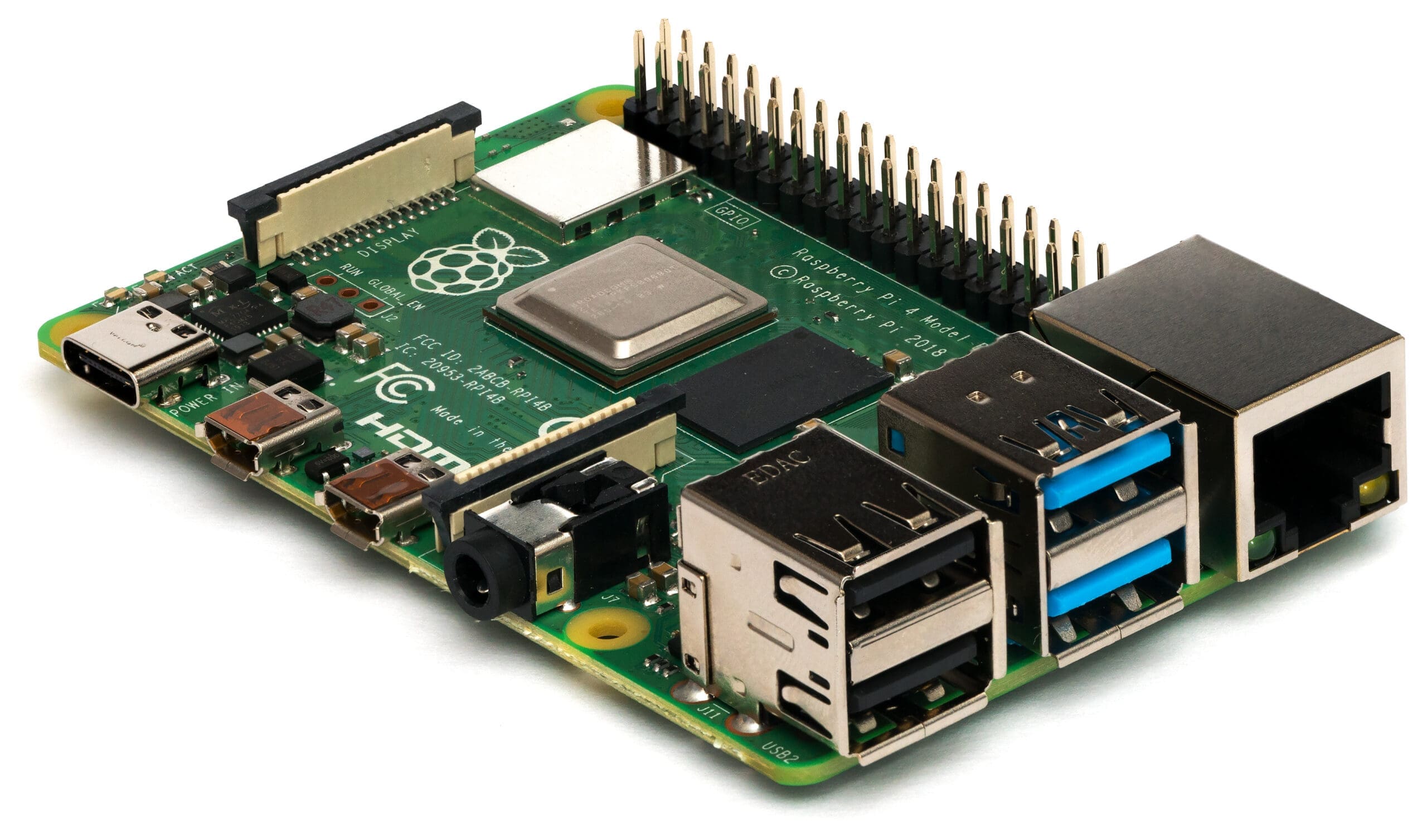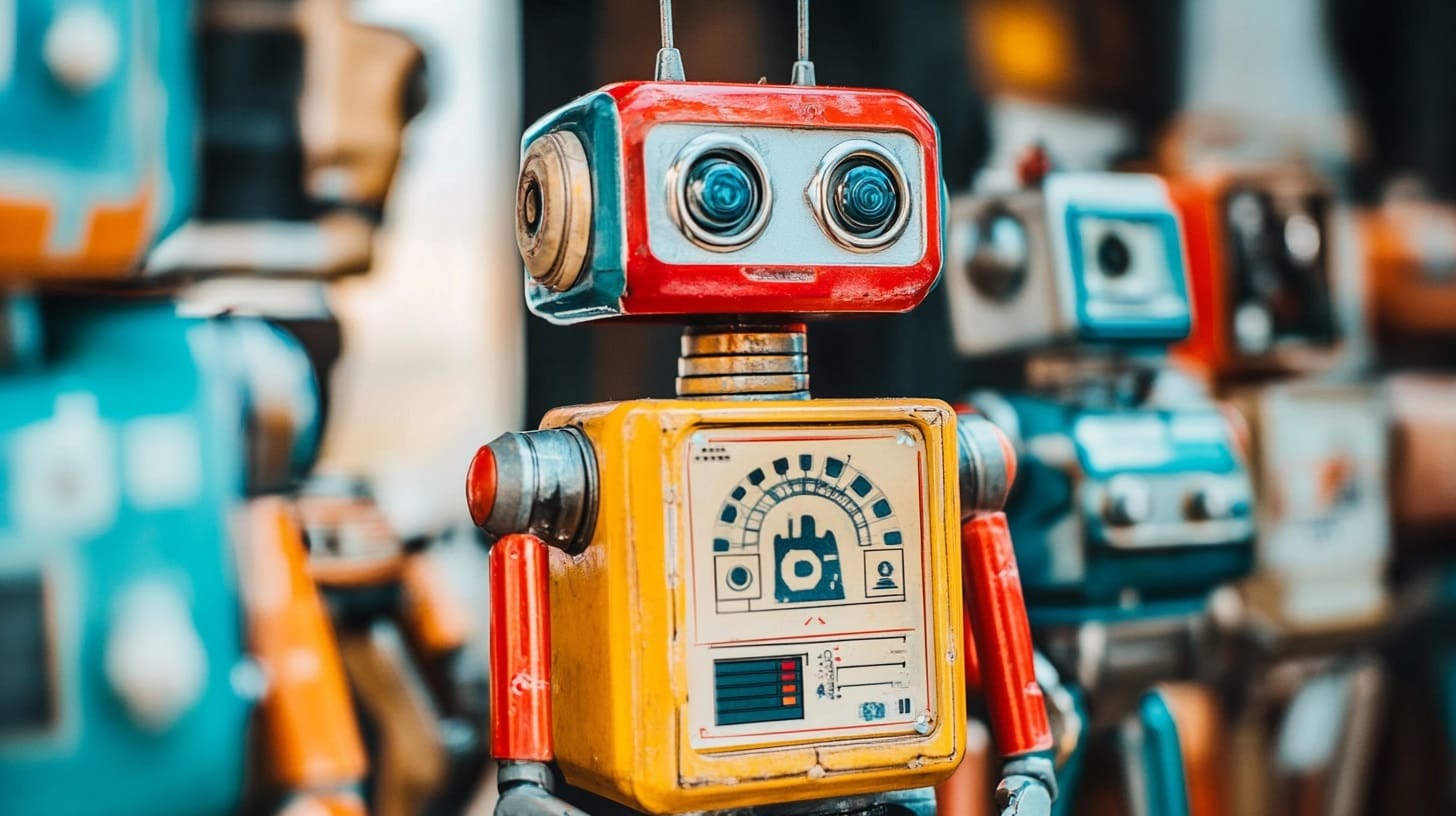In the realm of 3D printing, the heated chamber represents a significant advancement in the technology, particularly for printers using Fused Deposition Modeling (FDM) and Selective Laser Sintering (SLS). A heated chamber provides a controlled environment that significantly improves the quality of prints by ensuring consistent temperature during the printing process. This control is crucial when working with high-performance materials that are prone to warping or other thermal deformation. This article explores the importance, functionality, and impact of heated chambers in 3D printing, offering insights into how they enhance the capabilities of 3D printers.
Importance of the Heated Chamber in 3D Printing
Reduction of Thermal Deformation: Materials like ABS, Nylon, and other high-temperature plastics tend to warp or crack if cooled too quickly. A heated chamber maintains the temperature around the print, allowing for slow and even cooling, which minimizes these issues.
Improved Layer Adhesion: Maintaining a high ambient temperature helps the layers of the print fuse more completely, enhancing the structural integrity and strength of the final product.
Expanded Material Use: With the ability to control the chamber’s temperature, printers can handle a broader range of materials that require specific conditions to print correctly, opening up possibilities for new applications.
Consistent Print Quality: By reducing the environmental variables that can affect the print, heated chambers help ensure more consistent results, which is vital for industrial applications where precision and repeatability are crucial.
Components of a Heated Chamber
Insulated Walls: To maintain consistent temperatures and efficient energy use, heated chambers are typically lined with heat-insulating materials that prevent heat loss and protect external components of the printer from high temperatures.
Heating Elements: These are similar to those found in conventional ovens, calibrated to provide uniform heat distribution throughout the chamber. The placement and wattage of these elements are critical for ensuring that the entire chamber maintains the target temperature.
Temperature Sensors: Thermocouples or thermistors placed throughout the chamber provide real-time feedback to the printer’s control system, which adjusts the heat output to maintain the desired temperature settings.
Ventilation System: A controlled ventilation system is essential for maintaining air quality inside the chamber, especially when printing with materials that can emit fumes at high temperatures. This system often includes filters to capture particulate matter and potentially harmful emissions.
Door Seals and Locks: To prevent heat loss and maintain temperature stability, doors of heated chambers are equipped with high-temperature seals and locking mechanisms that ensure the chamber remains closed and sealed during printing.
Types of Heated Chambers
Passively Heated Chambers: These rely on the heat generated from the print bed and possibly the hotend to warm the chamber. While less effective at maintaining high temperatures, they are more energy-efficient and sufficient for materials with lower warp risk.
Actively Heated Chambers: Equipped with dedicated heating elements, these chambers can achieve higher temperatures and are essential for printing high-performance materials. They provide better control and can maintain more consistent conditions, which is critical for industrial applications.
Environmental Control Chambers: The most advanced type of heated chambers, these incorporate humidity and temperature control systems that can create specific conditions needed for specialty materials, such as composites or metals in powder form.
Maintenance and Optimization of Heated Chambers
Regular Calibration: Regular checks and calibration of temperature sensors ensure that the heated chamber maintains accurate temperature readings and consistent performance.
Seal Inspection and Maintenance: To keep the chamber thermally efficient, door seals should be regularly inspected for wear and replaced if necessary to prevent heat loss.
Cleaning and Ventilation Maintenance: Keeping the chamber clean and ensuring that the ventilation system is functioning correctly helps maintain air quality and prevent the accumulation of potentially harmful particles.
Energy Efficiency Considerations: Optimizing the operation of heated chambers, such as preheating times and temperature settings, can help reduce energy consumption while maintaining print quality.
The heated chamber is a transformative component in the 3D printing landscape, particularly for technologies like FDM and SLS, which handle thermally sensitive materials. By providing a controlled environment, heated chambers not only broaden the spectrum of materials that can be printed but also enhance the mechanical properties and surface finish of the produced objects. As 3D printing technologies continue to evolve and find new applications in various sectors, the role of the heated chamber as a critical component of advanced 3D printers becomes increasingly significant. Understanding its functionality and maintenance is crucial for anyone looking to optimize their 3D printing operations and explore new material frontiers.








